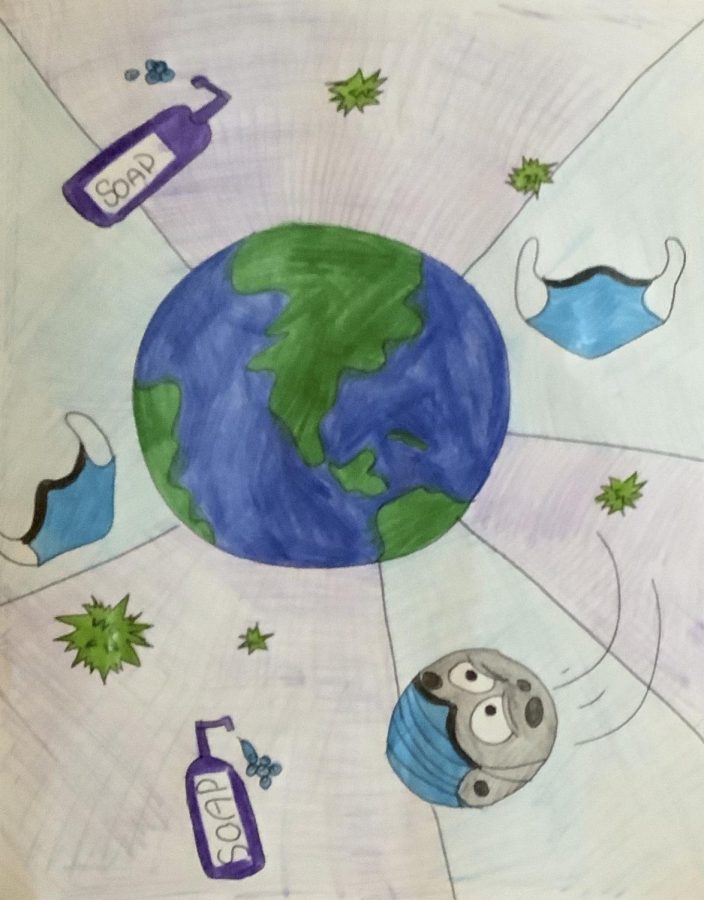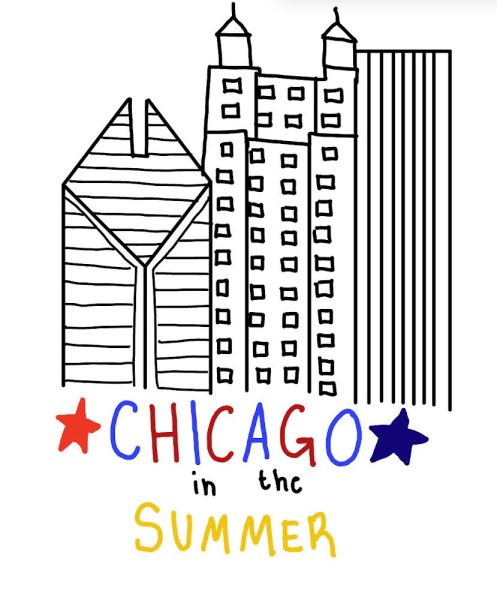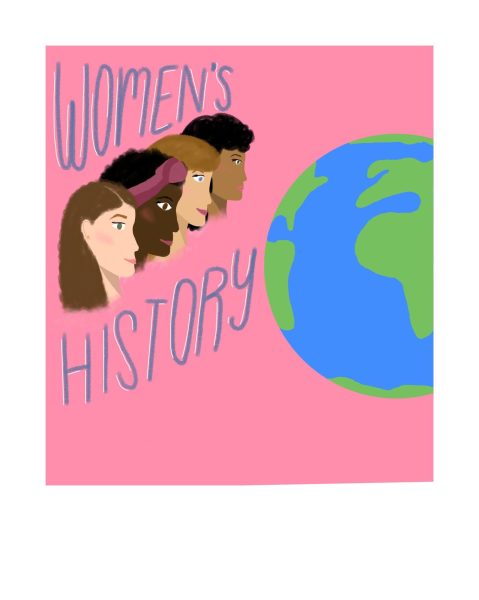Race for Vaccine Continues Worldwide
The Fenwick community has sacrificed. Students and teachers alike have put aside comfort. The vivacious atmosphere of Fenwick is silent after four o’ clock, squirreled away in various Zooms. The Fenwick community is hunkering down and social distancing, biding its time in order to combat the novel COVID-19 outbreak. The glimmer of hope at the end of this dark tunnel is a vaccine which will inoculate the world population, and by extent Fenwick, against COVID-19. What will it take to reach that hope?
The race to create a coronavirus vaccine is proceeding at a pace never seen before. The fastest development and delivery of a vaccine in medical history was for mumps, which took four years. This is astoundingly faster than the 34 years it took to develop and deliver a chickenpox vaccine. The United States’ goal is to develop a COVID-19 vaccine only a year after COVID-19 was recognized as a threat in January. This effort, called Operation Warp Speed, has cost the U.S. $9.5 billion dollars and counting. That is roughly the equivalent of paying for 600,000 years of Fenwick tuition.
According to The Lancet Respiratory Medicine journal, Russia announced its development of a COVID-19 vaccine on August 11th, 2020. However, given the vaccine has not undergone extensive human trials, the Russian vaccine is effectively out of the running. Infectious Disease Physician Dr. Temitope Oyedele, of Stroger Hospital, states that any thorough clinical trial must test multiple demographics, especially at risk populations to the elderly. The U.S. and Britain’s vaccine trials have been just as fraught with risk as Russia’s. According to The New York Times, British-Swedish company AstraZeneca halted extensive human trials on Tuesday, September 8 due to an illness of unknown origin in one volunteer who received the vaccine.
The development of a vaccine is a time consuming process given the sheer number of human tests that must occur. The Washington Post lays out the process as having six steps. A vaccine is developed, then tested on animals. Once the vaccine is known to have minimal adverse effects, and a potential benefit, it is given to humans in three phases. The number of people given the vaccine expands with each phase, culminating in thousands of human tests. This pool expands to include individuals from more demographics. The last phase, phase four, consists of ongoing studies after implementation of the vaccine to monitor its effectiveness and side effects. This process takes, on average, ten years. To speed up the COVID-19 vaccine process, people are being tested at an abnormally rapid pace and research is being based on past SARS and MERS outbreaks.
The challenge after creating a vaccine is implementing it. In the United States, and the world at large, an “anti-vaxxer” movement already exists. Due to the unprecedented speed of COVID-19 vaccine development and contradictory governmental guidelines over the course of the pandemic, a mistrust of any COVID-19 vaccine has been sown. Americans worry that the vaccine will be driven by politics over science. This spurred nine medical companies to sign a document promising that their vaccines would be fully vetted for safety, according to The Verge.
Ultimately, until the creation of a safe and effective vaccine which the majority of the World population must receive, it is humans’ personal responsibility to keep each other safe. Dr. Oyedele says that society is asking young people like Fenwick students “to grow up 10-20 years on the spot.” This is no easy task, but Fenwick is up to the challenge.





